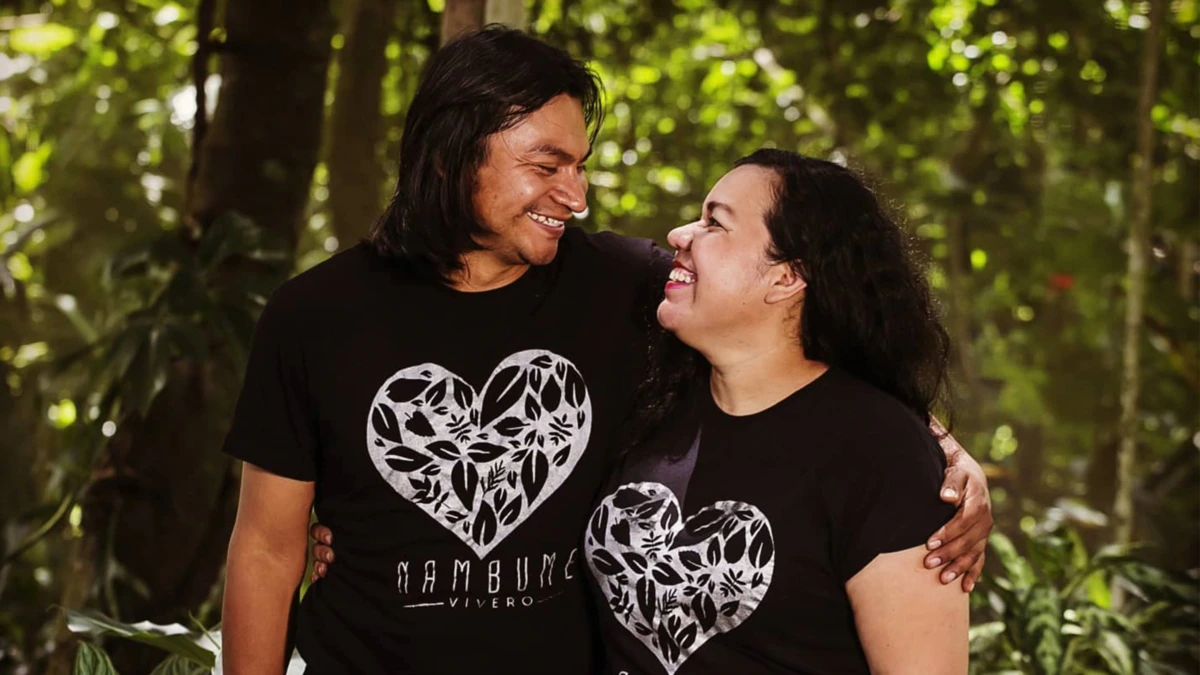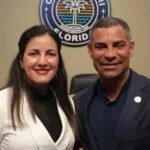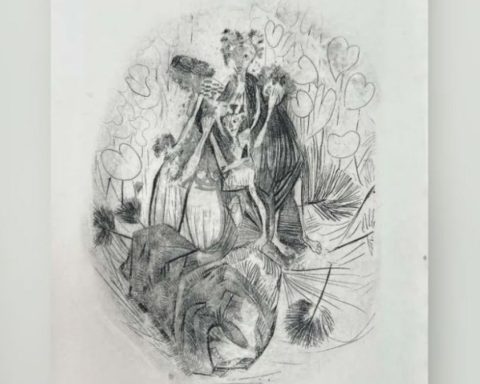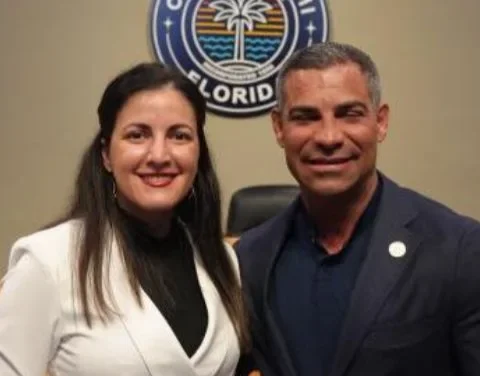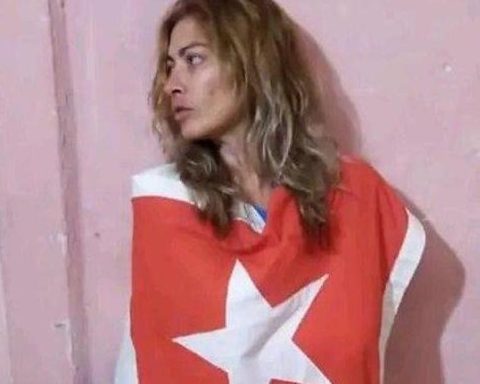After practicing his profession as a journalist for almost a decade in the main newspapers in Nicaragua, Ramón Potosme, 35 years old and belonging to the Chorotega indigenous ethnic group, has decided to dedicate himself to cultivating ancestral and medicinal plants. That was, he explains, the main inheritance that his father left him.
In a town located about 50 kilometers south of Managua, Potosme established, together with his wife Rótsen López Rodríguez -who is also a communicator- a nursery that he named “Nambume”, which means “heart” in the Chorotega language.
In Nambume they cultivate medicinal, ancestral, citrus, and ornamental plants, which they also sell at prices that range between 40 cordobas (equivalent to approximately 1 dollar) and 100 cordobas (3 dollars).
“I feel absolutely complete. I think I am very happy in what I do and I think that has to do with the connection with all living beings and with Mother Earth, and that is extremely important,” says Potosme via telephone to the Voice of America.
The communicator admits that people ask him his reasons for leaving his profession behind. He usually answers – he explains – that he really didn’t do it.
“In the end we are doing another type of communication. We talk about medicinal plants, we talk about ancestral farming systems and we are reporting. People are getting to know and communication is a very broad discipline,” she added.
The couple does part of their work through social networks, informing videos about the plants they grow and the acceptance has been such that the content has grown without paying for advertising, they comment.
“Everything is organic, without a weight of publicity and we are very happy like this, working that way. We practically have an entire community that follows us, asks us questions and makes us feel very good that people have changed their way of life a lot,” says Potosme.
On the page of Nambume Nursery Facebook, the communicator publishes videos to explain in the company of his wife details of the crops they have in the place. In June, for example, he dedicated a video to explaining to his followers the differences between what is “chilote” or “elote”.
“We are in the cultivation of black corn and it is ready for harvest, this weekend we are going to offer tender corn products,” added Potosme.
In the nursery, which is 100% organic, there are some 15,000 plants grown by the couple. Some of them are old. He says that many of those who come to the place do so to learn a little about the indigenous ethnic group.
“There are people who come here and are surprised by a lot of things they didn’t know about the Chorotegas,” continues Potosme.
The experience of living in a hut and being surrounded by nature
Potosme lives with his wife and seven-year-old son in a small hut, which is a house made of logs and reeds, covered with straw.
He assures that he built it together with his family, who live in other shacks around it. “We come from a family of seven brothers and we all live together as a community.”
Both communicators are satisfied for several reasons, but one of them -they highlight- is that once people visit them they leave with a different perspective on nature and with renewed pride in their ancestors.
“There are people who have changed their patios, for example. They talk to us, they see what we do and then they tear out their cement and put up plants, and they change the way they see life and the way they see the land around them,” he explains.
The decision to live in a hut, says Potosme, responds to the desire “to reclaim the ancestral construction system.”
The place where they live has a small room, kitchen and a part that they occupy as a cellar. “Basically that is our house and it is a structure that strictly reflects the ancestral design. The work that was done there is without nails, practically only tied with vines from the mountain and then has its structure with parts still in the ancestral language.
The Chorotegas in Nicaragua
The Chorotegas arrived in Nicaragua from Mexico in migratory waves dating from the 7th to 9th centuries, according to the Nicaraguan scientist and historian Jaime Incer Barquero.
According to the last territorial census, there are some 18,000 indigenous Chorotegas scattered in three departments of Nicaragua. One of Potosme’s incentives has been to advance its purpose of keeping ancestral traditions alive.
The death of his father catalyzed his need to contribute beyond the communication of his culture.
“I had had the privilege of having grown up with my dad and my mom. My dad was a healer, he was all his life. My grandmother, my great-grandmother, my great-great-grandmother; at least six generations back from my dad,” he said of his family background.
“That implies more than 200 years of uninterrupted practice of ancestral medicine. I felt that there was a great responsibility for me, that I had to take a step beyond just communicating, but living it, working more directly on these aspects and I resigned from the newspaper, I came to cultivate the land, to work with the plants and animals, to connect more spiritually with mother earth”, concluded Potosme.
Connect with the Voice of America! Subscribe to our channel Youtube and turn on notifications, or follow us on social networks: Facebook, Twitter and Instagram.
